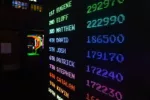Data visualization is a crucial aspect of data science. It provides a powerful way to communicate complex data sets and insights to various audiences. Effective data visualization enables organizations to make better decisions, identify trends and patterns, and share insights in an easily digestible way.
This guide will cover the basics of data visualization, why it is essential, and how to create compelling visualizations for data science.
- Why is Data Visualization Important?
- Choosing the Right Visualization for Your Data
- Creating Effective Data Visualizations
- Best Practices for Data Visualization in Data Science
- Conclusion
Why is Data Visualization Important?
Data visualization is important because it allows us to see patterns and relationships in data that may not be immediately apparent. Visualizing data lets us quickly identify trends and anomalies and communicate insights to stakeholders. This can help organizations make better decisions, identify areas for improvement, and increase the impact of their data science initiatives.
Another reason why data visualization is essential is that it can be a more effective way to communicate complex data sets. Data science often involves large amounts of data, and it can be challenging to communicate this information to stakeholders who may not have a technical background. Visualizing the data makes it easier for stakeholders to understand the insights and make informed decisions.
Choosing the Right Visualization for Your Data
One of the keys to effective data visualization is choosing the right type of visualization for your data. Many different visualizations include bar charts, line charts, scatter plots, heat maps, and more. Choosing the proper visualization is important based on the type of data you’re working with and the insights you want to communicate.
For example, a line chart may be the best choice if you’re working with time-series data. A bar chart may be a better choice if you’re working with data with multiple categories. And if you’re working with data that has multiple variables, a scatter plot may be the best option.
Creating Effective Data Visualizations
Once you’ve chosen the right type of visualization, the next step is to create an effective visualization. Here are some key considerations to keep in mind when creating data visualizations:
- Use Clear Labels and Axes: Ensure your visualizations include clear labels and axes. This will help your audience understand the data and the insights you’re trying to communicate.
- Use Colors Effectively: Colors can be a powerful tool for data visualization, but it’s important to use them effectively. Choose colors that are easy to distinguish and that complement each other.
- Pay Attention to Scale: When creating data visualizations, it’s important to pay attention to the scale of the data. This will help ensure that your visualizations are accurate and that the insights you’re trying to communicate are clear.
- Use Data Aggregation: If you’re working with large data sets, it may be necessary to aggregate the data in order to create compelling visualizations. This will help ensure that your visualizations are not cluttered and that the insights you’re trying to communicate are clear.
- Pay Attention to the Story: Data visualization is not just about creating a pretty picture, it’s about telling a story with your data. Make sure that your visualizations effectively communicate the insights you’re trying to share.
Best Practices for Data Visualization in Data Science
- Keep it Simple: Data visualization should be simple and straightforward. Avoid using too complex visualizations that require a lot of effort to understand.
- Focus on the Insights: Data visualization aims to communicate insights, not just to create a pretty picture. Make sure that your visualizations effectively communicate the insights you’re trying to share.
- Use the Right Tools: Many different tools are available for data visualization, including Excel, Tableau, and R. Choose the right tool based on your data and the insights you want to communicate.
- Test and Iterate: Data visualization is an iterative process. Test your visualizations with different audiences and make changes as necessary.
- Pay Attention to Context: Data visualization should be context-aware. This means that the visualizations should take into account the context in which they will be used, such as the audience, the purpose of the visualization, and the data itself.
- Use Multiple Visualizations: Using multiple visualizations can help you communicate different aspects of the data and provide a more comprehensive understanding of the data.
- Make Data Accessible: Data visualization should make data accessible to a wide range of audiences. This means that the visualizations should be easy to understand and interpret, even for those who may not have a technical background.
Conclusion
Data visualization is an important aspect of data science, providing a powerful way to communicate complex data sets and insights to various audiences.
By choosing the right type of visualization, creating effective visualizations, and following best practices for data visualization in data science, organizations can make better decisions, identify trends and patterns, and share insights in an easily digestible way.







Leave a Reply